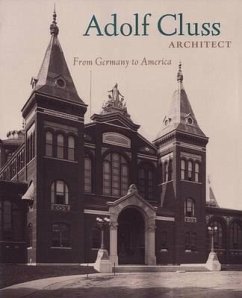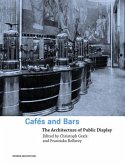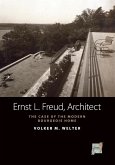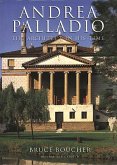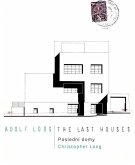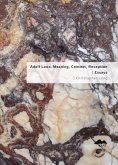Published in Association with the German Historical Institute, Washington, D.C. Adolf Cluss was born in 1825 into a middle-class family of master stonemasons, engineers and entrepreneurs in Heilbronn, Germany. A colleague and correspondent of Karl Marx, and a participant in the unsuccessful German revolution of 1848, he emigrated to the United States. Until 1858 he remained a member in the German Communist Party although by then he had established himself in both German-American life and in the professional and intellectual milieu of Washington where he was soon considered the most important architect. Thanks to Cluss's imagination, technical skills, and vision of a new cityscape, Washington became a showcase for the nation through the handsome public buildings and private structures that expressed national confidence and international interest in improving the health, safety, and beautification of cities. Cluss's work as an architect, civil engineer and urban planner in Washington represents a long neglected chapter in the development of the capital city during the social and physical rebuilding that followed the Civil War. Major scholars in the field place Cluss's life and career in a historical context. Their essays are enhanced by many previously unpublished illustrations drawn from years of research. A photo essay at the center of the book vividly illustrates Washington in Cluss's time, Cluss's contribution to Washington, and the fate of Cluss's buildings and city.
Bitte wählen Sie Ihr Anliegen aus.
Rechnungen
Retourenschein anfordern
Bestellstatus
Storno

